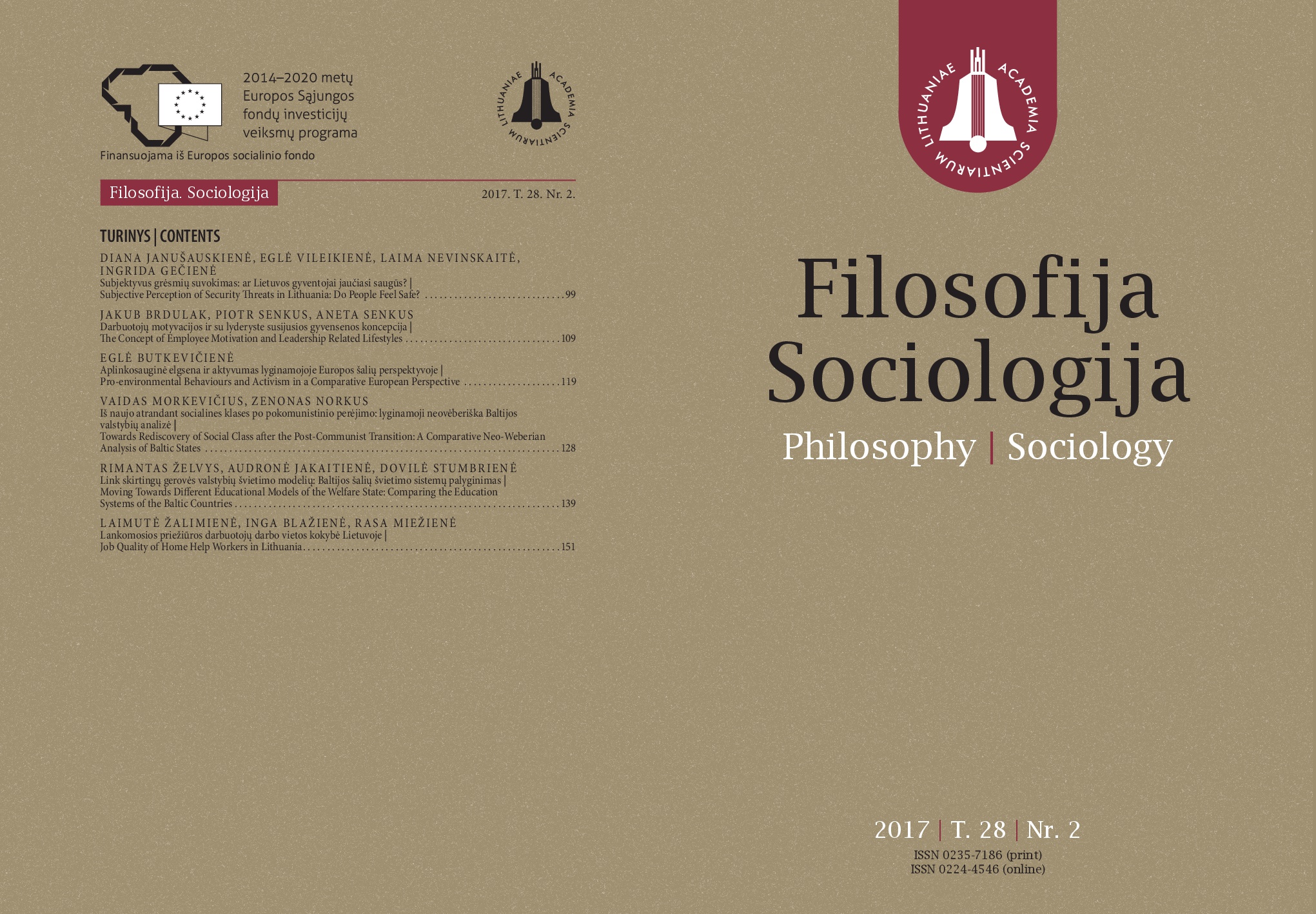Moving Towards Different Educational Models of the Welfare State: Comparing the Education Systems of the Baltic Countries
Moving Towards Different Educational Models of the Welfare State: Comparing the Education Systems of the Baltic Countries
Author(s): Rimantas Želvys, Audronė Jakaitienė, Dovilė StumbrienėSubject(s): Welfare systems, State/Government and Education, Transformation Period (1990 - 2010), Present Times (2010 - today), Sociology of Education
Published by: Lietuvos mokslų akademijos leidykla
Keywords: education systems; welfare regimes; PISA; Baltic countries;
Summary/Abstract: The education systems can be analysed by using the distinction along different types of welfare regimes. Esping-Andersen (1990) described the Scandinavian universalistic, Continental corporatist, and Anglo-Saxon liberal models. The purpose of the paper is a comparative analysis of the development of educational systems in the Baltic states. We used the PISA 2012 survey data and compared the Baltic countries with three “old” EU member states: UK representing the Anglo-Saxon liberal model, Germany for the Continental corporatist model and Finland as an example of the Scandinavian model. PISA 2003, 2006 and 2009 data were used for a retrospective analysis of countries’ performance. We considered four aspects of the organization of the national school systems: human and material resources in schools, leadership and the level of school autonomy, assessment, school selectivity and ability grouping. We found that three Baltic states do not represent a single Central and Eastern European model.
Journal: Filosofija. Sociologija
- Issue Year: 2017
- Issue No: 2
- Page Range: 139-150
- Page Count: 12
- Language: English

